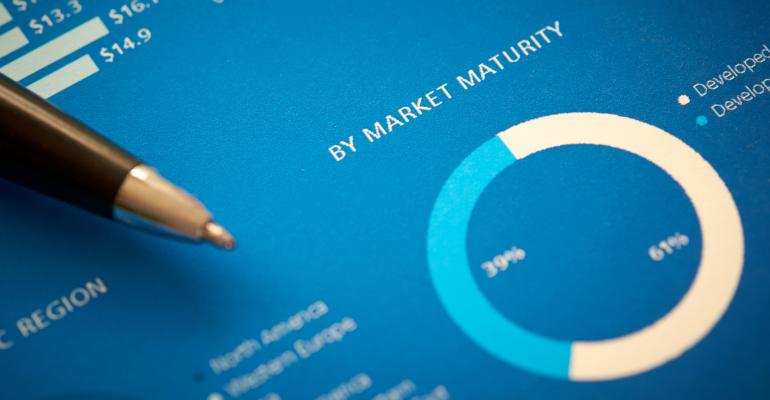By Anton Honikman
The end of the quarter has come and gone. If you’re an investor, it means you’ve got mail, but not the kind you want.
Every quarter end, armies of people are mobilized to populate, validate, produce and in some cases print and snail mail static, hard-copy reports on portfolio performance to their unsuspecting investors. This task is especially onerous on smaller advisory firms who may not have the infrastructure to scale such an operation.
The dreaded Quarterly Performance Report rules over the customer communications landscape. And I believe that it is fundamentally bad for our industry and for consumers.
“But everybody does it,” goes the common refrain. “It’s just something we all have to do.”
Not exactly. While the Securities and Exchange Commission requires custodians to “send account statements at least quarterly,” there’s no such rule for advisors. It’s just that the QPR orthodoxy has become so entrenched that advisors either don’t question it or feel they can’t buck the trend for fear of not being competitive.
Wealthtech firms, including my own, are part of the problem. We provide pretty reports with convenient boxes for the necessary disclaimers that nobody reads. Many of us are investing in our QPRs—custom report builders, natural language processing for personalized commentary—and with more sophisticated analytics on the way.
But improving the QPR won’t necessarily help advisors better serve their clients.
Why Are QPRs Bad for the World?
Printing reams of unnecessary paper and mailing them across the country is terrible for the environment. While many advisory firms have moved to make their quarterly reports available electronically, the age-old print-and-mail delivery method is more common than we may like to think.
The larger issue is that a QPR received electronically doesn’t solve the most basic problem of the report itself, which is—there is nothing special about the end of the quarter.
A quarter end is nothing more than a convenient marker for repeatable portfolio evaluation over time, but it has nothing to do with the circumstances in a portfolio. Some event could occur the very first day after the quarter end, but that wouldn’t show up in the investor’s reports until after the following quarter end. Quarter-end evaluation cycles are an artifact of a bygone era when prices on many instruments and markets were not available until the end of the quarter. That seems arcane in an era of real-time pricing.
Finally, portfolio performance is not directly relevant to the financial wellness of the investor. Much has been written on this topic so I won’t beat a dead horse. What all that performance data relative to a market index tells you is whether you’re worse or better off than simply investing passively in the comparison index and how one element of your portfolio market value has changed (contributions/withdrawals/income all influence market value too).
If you’re a client-centric advisor, index-relative performance is the wrong conversation to be having with your client.
There is a better way.
Digital Only:
No paper, please. Every advisor should offer an investor portal where a customer can access their reports electronically, even if they’re static QPRs (though they shouldn’t be, of course). Save trees. Lower your carbon footprint. Get on with the 21st Century.
QPR = Quarterly Progress Report:
Instead of reporting on performance, report on metrics that are more important to your clients’ financial wellness such as the progress towards the set goals.
On-Demand Interactive Analytics:
Your reporting should support an investor’s inquiry, anytime, anywhere, be based on current information should your investors want to change inputs or check the outputs and give them simulations so to visualize their portfolio response in different scenarios.
Alerts:
Some investors look at their portfolio daily; most do not. So provide value by alerting them when they need to look at their portfolio. For example, when their probability of success of meeting a goal falls below a threshold or when elements of a financial plan are not in place when expected. Push those alerts to investors, prompt them to explore further and to proactively engage in their own financial wellness when needed.
By embracing this new approach, your clients will be better served. The environment will be spared. Your firm will be able to smooth out the dreaded quarterly activity spikes while saving on printing and postal costs. Most of all, you will engage in a tech-enabled, more meaningful dialog with your clients.
So throw off the shackles of the 20th Century. Dismiss the notion that you simply must compile, print and mail those static reports to every single client, every single quarter. Let’s instead celebrate the death of traditional quarterly reports and the birth of digitally delivered, interactive reporting.
Anton Honikman is the CEO of MyVest.





